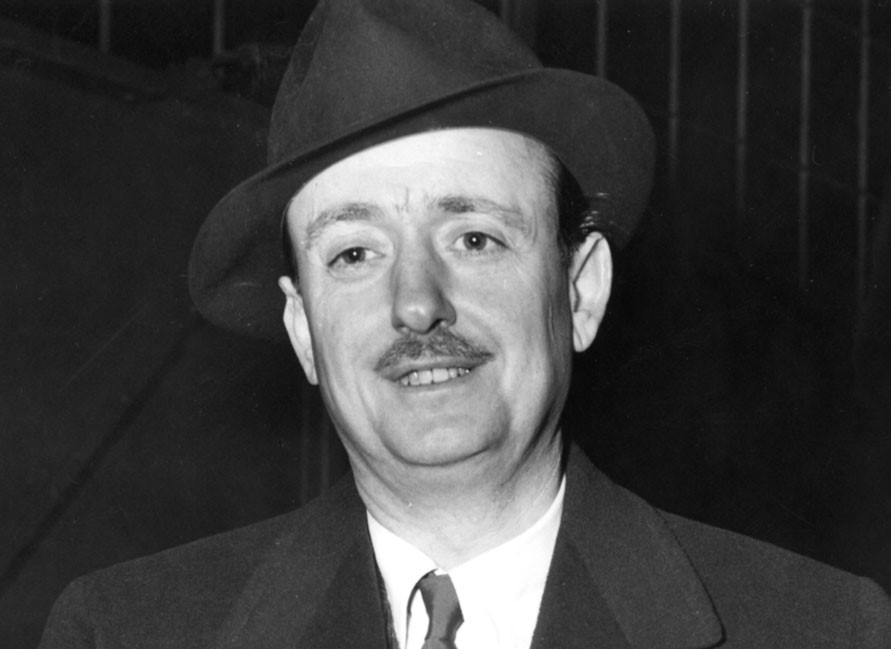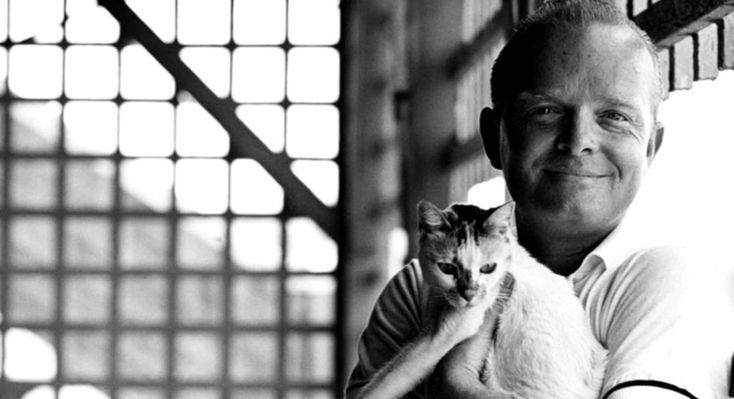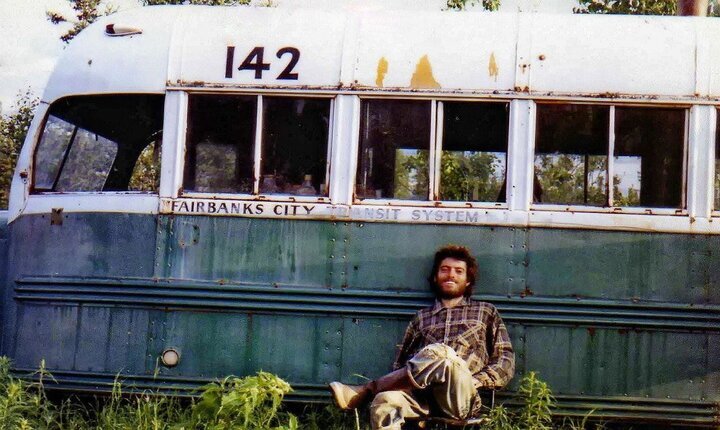Общественное животное: введение в социальную психологию - Эллиот Аронсон
Книгу Общественное животное: введение в социальную психологию - Эллиот Аронсон читаем онлайн бесплатно полную версию! Чтобы начать читать не надо регистрации. Напомним, что читать онлайн вы можете не только на компьютере, но и на андроид (Android), iPhone и iPad. Приятного чтения!
Шрифт:
Интервал:
Закладка:
311
Lagerspeti, K. (1979). Modification of aggressiveness in mice. In S. Feshbach and A. Fraczek (Eds.), Aggression in behavior change. New York: Praeger.
312
Lorenz.K. On aggression.
313
Washbum, S., & Hamburg, D. (1965). The implications of prirnate research. In 1. De Vore (Ed.), Primate behavior: Field studies of monkeys and apes (pp. 607–622). New York: Holt, Rinehart and Winston.
314
LeBoeaf, B. (1974). Male-male competition and reproductive success in elephant seals. American Zoologist, 14, 163–176.
315
Montagu, A. (1950). On being human. New York: Hawthorne Books.
316
Kropotkin, P. (1902). Mutual aid. New York: Doubleday. Рус. пер. с англ.: Кропоткин П. Взаимная помощь как фактор эволюции. Пер. с англ. В. Батуринского под ред. автора. СПб., 1907 (В кн.: Сочинения. Т. 7).
317
Nissen, Н., & Crawford, М.Р. (1936). Preliminary study of food-sharing behavior in young chimpanzees. Journal of Comparative Psychology, 22, 383–419.
318
Time, October 7, 1974.
319
Leakey, R., & Lewin, R. (1978). People of the lake. New York: Anchor Press/ Doubleday.
320
Eisley, L. (1946). The immense journey (p. 140). New York: Random House.
321
Menninger, W. (1948). Recreation and mental health. Recreation, 42, 340–346.
322
Berkowitz, L. (1993). Aggression. New York: McGraw-Hill.
323
Patterson, A. (1974, September). Hostility catharsis: A naturalistic quasi-experiment. Paper presented at the annual convention of the American Psychological Association, New Orleans.
324
Johnson, W. (1970, October). Guilt-free aggression for the troubled jock. Psychology Today, pp. 70–73.
325
Russell, G. (1981). Spectator moods at an aggressive sports event. Journal of Social Psychology, 3,217–227.
326
Feshbach, S. (1955). The drive-reducing function of fantasy behavior. Journal of Abnormal and Social Psychology, 50, 3–11.
327
Hokanson, J., & Burgess, M. (1962). The effects of three types of aggression on vascular process. Journal of Abnormal and Social Psychology, 64, 446–449.
328
Geen, R., & Quanty, M. (1977). The catharsis of aggression: An evaluation of the hypothesis. In L.Berkowitz (Ed.), Advances in experimental social psychology (Vol. 10, pp. 1–36). New York: Academic Press.
329
Geen, R., Stonner, D., & Shape, G. (1975). The facilitation of aggression by aggression: A study in response inhibition and disinhibition. Journal of Personality and Social Psychology, 31, 721–726.
330
Ebbesen, E., Duncan, В., & Konecni, V. (1975). Effects of content on verbal aggression: A field experiment. Journal of Experimental and Social Psychology, II, 192–204.
331
Glass, D. (1964). Changes in liking as a means of reducing cognitive discrepancies between self-esteem and aggression. Journal of Personality, 32, 531–549. Davis, K.E., & Jones, E.E. (1960). Changes in interpersonal perception as a means of reducing cognitive dissonance. Journal of Abnormal and Social Psychology, 61, 402–410. См. также: Buss, A.H. (1963). Physical aggression in relation to different frustrations. Journal of Abnormal and Social Psychology, 67, 1–7.
332
Kahn, M. (1966). The physiology of catharsis. Journal of Personality and Social Psychology, 3, 278–298. CM. также: Berkowitz, L., Green, J., & Macauley, J. (1962). Hostility catharsis as the reduction of emotional tension. Psychiatry, 25, 23–31; и De Charms, R., & Wilkins, E.J. (1963). Some effects of verbal expression of hostility. Journal of Abnormal and Social Psychology, 66, 462–4.70.
333
Doob, A.N., & Wood, L. (1972). Catharsis and aggression: The effects of annoyance and retaliation on aggressive behavior. Journal of Personality and Social Psychology, 22,156–162.
334
Freud, Why war?, p. 282.
335
Archer, D. & Gartner, R. (1976). Violent acts and violent times: A comparative approach to postwar homicide rates. American Sociological Review, 41, 937–963.
336
Lorenz, On aggression. Menninger, Recreation and mental health.
337
Klapper, J. (1960). The effects of mass communication. Glencoe, IL: Free Press.
338
Bandura, A., Ross, D., & Ross, S. (1961). Transmission of aggression through imitation of aggressive models. Journal of Abnormal and Social Psychology, 63, 575–582. Bandura, A., Ross, D., & Ross, S. (1963). A comparative test of the status envy, social power, and secondary reinforcement theories of identificatory learning. Journal of Abnormal and Social Psychology, 67, 527–534. Bandura, A., Ross, D., & Ross, S. (1963). Vicarious reinforcement and initiative learning. Journal of Abnormal and Social Psychology, 67,601–607.
339
Gerbner, G., Gross, L., Signorielli, N., & Morgan, M. (1980). Television violence, victimization, and power. American Behavioral Scientist, 23, 705–716. Gerbner, G., Gross, L., Morgan, M., & Signorielli, N. (1986). Living with television: The dynamics of the cultivation process. In J. Bryant and D. Zillman (Eds.), Perspectives on media effects (pp. 17–40). Hilisdale, NJ: Eribaum.
340
Liebert, R., & Baron, R. (1972). Some immediate effects of televised violence on children’s behavior. Developmental Psychology, 6, 469–475.
341
Parke, R., Berkowitz, L., Leyens, J., West, S., & Sebastian, R. (1977). Some effects of violent and nonviolent movies on the behavior of juvenile delinquents. In L. Berkowitz (Ed.), Advances in experimental social psychology (pp. 135–172). New York: Academic Press.
342
Eron, L.R., & Huesmann, R. (1980). Adolescent aggression and television. Annals of the New York Academy of Sciences, 347, 319–331.
343
Huesmann, R., Lagerspetz, K., & Eron,
Прочитали книгу? Предлагаем вам поделится своим отзывом от прочитанного(прослушанного)! Ваш отзыв будет полезен читателям, которые еще только собираются познакомиться с произведением.
Уважаемые читатели, слушатели и просто посетители нашей библиотеки! Просим Вас придерживаться определенных правил при комментировании литературных произведений.
- 1. Просьба отказаться от дискриминационных высказываний. Мы защищаем право наших читателей свободно выражать свою точку зрения. Вместе с тем мы не терпим агрессии. На сайте запрещено оставлять комментарий, который содержит унизительные высказывания или призывы к насилию по отношению к отдельным лицам или группам людей на основании их расы, этнического происхождения, вероисповедания, недееспособности, пола, возраста, статуса ветерана, касты или сексуальной ориентации.
- 2. Просьба отказаться от оскорблений, угроз и запугиваний.
- 3. Просьба отказаться от нецензурной лексики.
- 4. Просьба вести себя максимально корректно как по отношению к авторам, так и по отношению к другим читателям и их комментариям.
Надеемся на Ваше понимание и благоразумие. С уважением, администратор knigkindom.ru.
Оставить комментарий
-
 Гость Светлана23 ноябрь 13:52
Как раз тот случай, когда героиня кроме раздражения ничего не вызывает. Читала другие книги Майер и ощущение, что писал кто -то...
Ты еще маленькая - Кристина Майер
Гость Светлана23 ноябрь 13:52
Как раз тот случай, когда героиня кроме раздражения ничего не вызывает. Читала другие книги Майер и ощущение, что писал кто -то...
Ты еще маленькая - Кристина Майер
-
 Гость Евгения17 ноябрь 16:05
Читать интересно. Очень хороший перевод. ...
Знаки - Дэвид Бальдаччи
Гость Евгения17 ноябрь 16:05
Читать интересно. Очень хороший перевод. ...
Знаки - Дэвид Бальдаччи
-
 Юлианна16 ноябрь 23:06
Читаю эту книгу и хочется плакать. К сожалению, перевод сделан chatGPT или Google translator. Как иначе объяснить, что о докторе...
Тайна из тайн - Дэн Браун
Юлианна16 ноябрь 23:06
Читаю эту книгу и хочется плакать. К сожалению, перевод сделан chatGPT или Google translator. Как иначе объяснить, что о докторе...
Тайна из тайн - Дэн Браун










